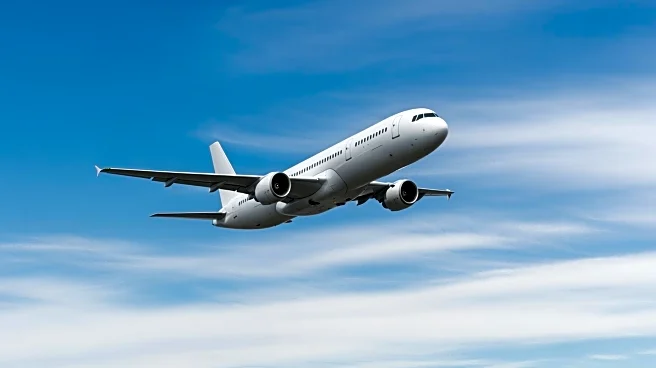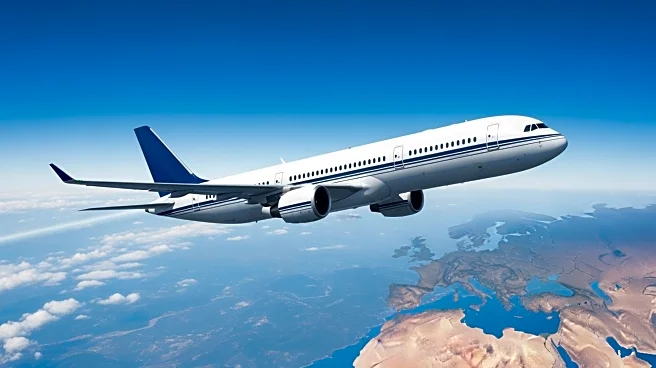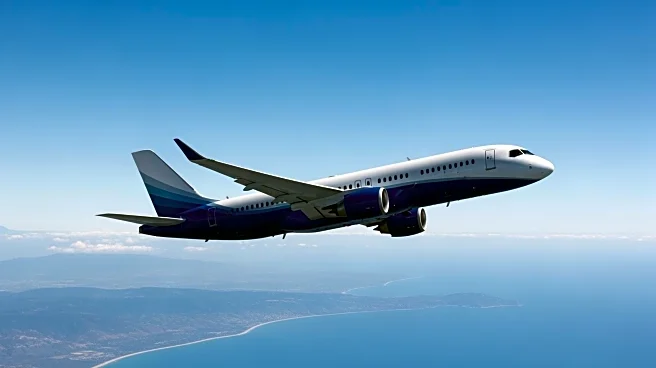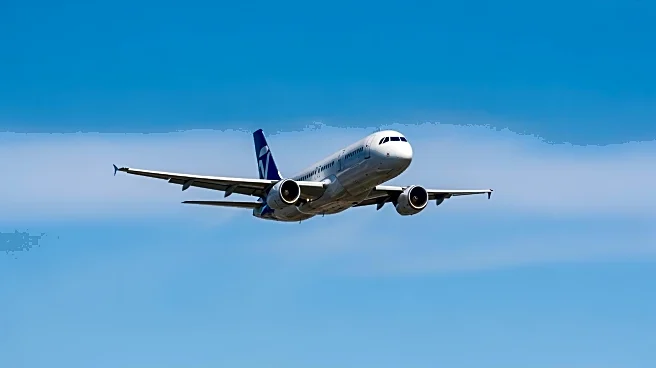What's Happening?
Air travel between Western Europe and the Middle East is experiencing a notable increase in capacity, with a 14.7% rise in two-way seat availability for the winter 2025-26 season. This growth is driven
by the restoration of flights to Israel and network expansions by Gulf and European carriers. The increase in capacity reflects a recovery from previous service suspensions due to regional conflicts. Airlines such as KLM, Scandinavian Airlines, and Wizz Air are introducing new routes, while major carriers like Emirates and Etihad Airways are significantly boosting their seat offerings.
Why It's Important?
The expansion of air travel capacity between Europe and the Middle East signals a resurgence in demand for both point-to-point and connecting flights, indicating a recovery in regional stability and economic activity. This growth presents opportunities for airlines to capitalize on increased passenger traffic and enhance their market presence. The restoration of flights to Israel, in particular, highlights the potential for tourism and business travel to contribute to economic recovery in the region. Additionally, the increased capacity may lead to competitive pricing and improved service offerings for travelers.
What's Next?
As airlines continue to expand their networks, the focus will likely shift to optimizing operations and ensuring sustainable growth. The increased capacity may prompt further investments in infrastructure and technology to accommodate rising passenger numbers. Additionally, airlines may explore strategic partnerships and alliances to enhance connectivity and offer more comprehensive travel options. The ongoing recovery in air travel could also lead to increased competition among carriers, driving innovation and improvements in customer experience.












